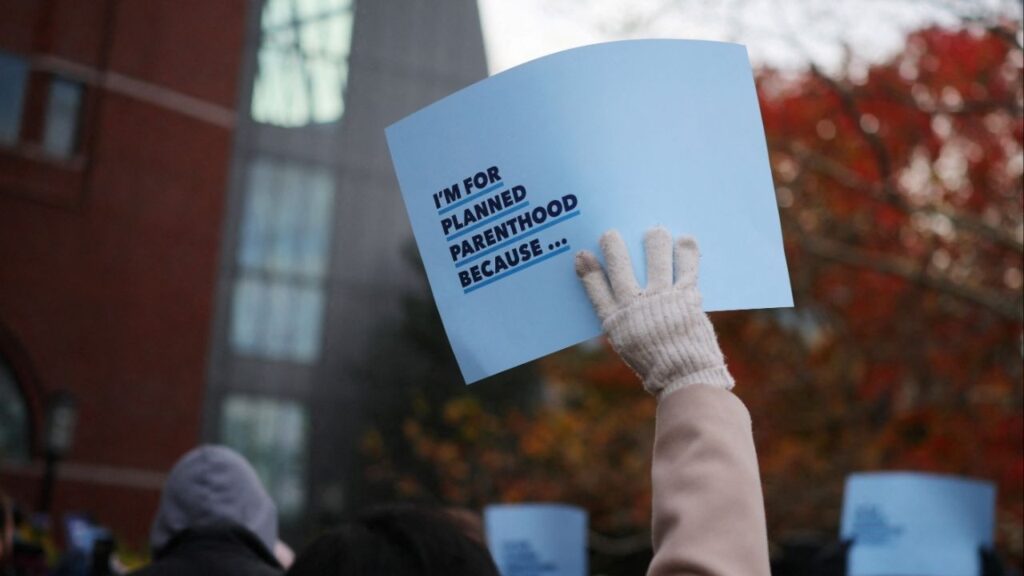Aging population and economic challenges drive increased dependence on federal and state support, influencing political landscape. (GV Wire Composite/David Rodriguez)
Share
|
Getting your Trinity Audio player ready...
|
Americans are increasingly reliant on government aid, according to a recent Wall Street Journal article. The Economic Innovation Group found that in 2022, over half of U.S. counties derived at least 25% of their income from federal and state safety-net programs, up from fewer than 1% in 1970.
This dramatic increase is primarily due to an aging population and rising healthcare costs. Additionally, economic decline in many communities has left government assistance as a larger share of people’s income.
The analysis includes programs like Medicare, Social Security, Medicaid, unemployment insurance, and food stamps. These expenditures account for a significant portion of the national debt, yet presidential candidates have proposed plans that could further increase costs.
Interestingly, counties heavily reliant on government aid tend to vote Republican or have shifted towards the GOP.
Related Story: California Doctors Rally for Ballot Measure to Increase State Medicaid Funding
Battleground States at the Epicenter
The trend is particularly evident in battleground states crucial to the 2024 election. For instance, about 70% of counties in Michigan, Georgia, and North Carolina are significantly reliant on government income.
Donald Trump’s promise to protect Social Security and Medicare from cuts resonates in these areas. This stance marks a departure from traditional Republican positions on curbing spending.
The data also reveals disparities between counties. For example, Cambria County, Pennsylvania, relies heavily on government aid due to industrial decline. Meanwhile, Leelanau County, Michigan, has a high senior population but less reliance on assistance due to higher underlying incomes.
As the U.S. population continues to age, with projections suggesting nearly a quarter of Americans will be 65 or older by 2060, the pressure on these programs is likely to increase.
Read more at The Wall Street Journal



















